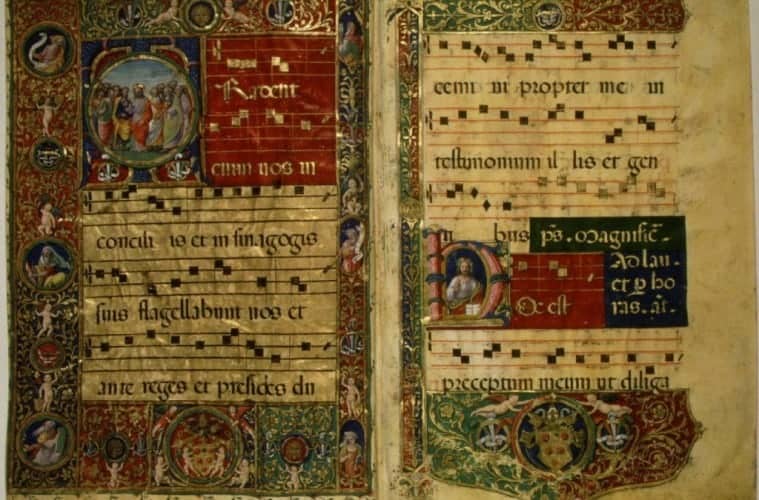
Making the rounds online is a short video of Don Pepe, an elderly Spanish priest who dances Flamenco in his church with an elderly female partner. Predictably, the media narrative accompanying the story is all about how the dancing priest schtick is bringing people back to church. Now, I’m not in Spain, so I could just be speaking for myself, but an elderly man dancing a few feet away will send me running in the opposite direction. Apparently, the older women of the parish feel differently. Some might say, “This is such an extreme example of liturgical silliness. Why even bring it up?” Yes. Thankfully, run-ins with old Flamenco-dancing priests in local Milwaukee churches are few and far between. But I think this anecdote presents an opportunity to make a relevant point.
There’s a stubborn notion popular at many Catholic churches (yes, even here in Milwaukee) that the way to attract new members, and to retain those already in the pews, is to blend into liturgical life certain elements of mainstream, secular culture. I suppose that, at a superficial level, it makes some sense. What are people “into” now? If it’s working out there, why not assimilate it in our church life? This theory is especially popular when it comes to reaching out to the younger generation. Usually, a cadre of much older Catholics on a parish committee is tasked to find exciting, “outside the box” ways to draw in young adults. And all-too-often, the attempts, however well-intentioned, are somewhat embarrassing, the parish-life equivalent to dad dancing. Please, please just stop. The goal is to appeal to the youth on their level, but it always results in failure.
Young people find better quality versions of au courrant trends in mainstream channels than in the strained, contrived versions cobbled together by an older generation of liturgical planners. The best example of this is in the arena of church music. Attempts to make Catholic liturgical music modern, hip and flashy, under the auspices of targeting the young demographic, will always fail because what’s being played in church cannot live up to what you’ll hear on the radio by popular, more talented singers with far more resources. When the two versions (the purely secular and cheesy, modern religious music) are held up to one another, one will shine while the other will simply look like a pathetic, lower quality imitation. Why settle for a schmaltzy second rate song with a light religious gloss in church when you can find first rate indie music on 88.9 Radio Milwaukee?
When parishes take their lead from contemporary culture (not all of which is bad) and try to appeal to young Catholics according to the terms of what secular trends are cranking out, they will always come up short. Trying too hard is something that is very easy to spot, and very unappealing. Vatican II was right. Why not stick with our traditions? Why not stick with what the centuries have proven we’ve done quite well. Guitars and tambourines can’t hold a candle to the organ, Gregorian chant and polyphony. This doesn’t mean closing the door to legitimate developments. But developments shouldn’t imply a complete break with our heritage. And let’s be honest, in spite of the clear teaching of Vatican II, at most parishes you rarely, if ever hear Gregorian chant. So the question remains: Who really supports Vatican II?


